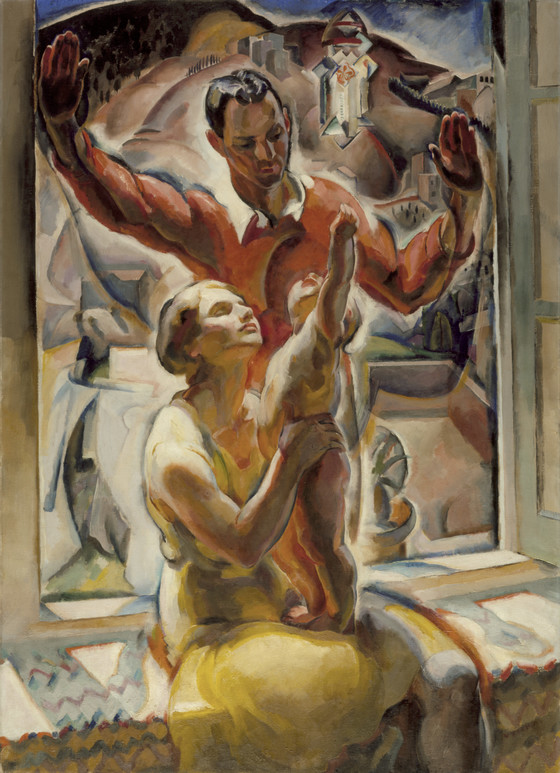The beginning of every century inspires a general sentiment of endless possibilities, and the twentieth century was no exception....
The beginning of every century inspires a general sentiment of endless possibilities, and the twentieth century was no exception. A modern age marked by technological wonders had begun, and the United States was to be its focal point. Lewis Mumford, one of the country’s most brilliant thinkers, explained that, unlike Europe, “the New World expanded the human imagination.” Young American students still traveled to Europe, especially Paris, for their initiation to art, but the progressive new ideas of cubism, futurism, and surrealism that they imbibed only found their true home in the United States.
As demonstrated by the first generation of modernists in the circle of Alfred Stieglitz, American artists rarely abandoned referential ties to the physical world completely. The simplification of form, multiple perspectives, and ideas about the fourth dimension that radical proponents of cubism espoused would find their most compelling American expressions in the fishermen of Marsden Hartley, and the animal bones and skulls of Georgia O’Keeffe. To these artists, abstraction meant the synthesis of personal experience.
The introduction of psychological ideas, first in the form of Sigmund Freud’s discussion of the unconscious and later in the writings and art of the surrealists, found an enthusiastic audience in America. Such new concepts not only expanded ideas about the human mind but also encouraged the liberation of social conduct, in particular, sexual mores. Women increasingly became involved in creative aspects of the new modern age. In 1934 the Los Angeles artists Helen Lundeberg and Lorser Feitelson issued the only surrealist manifesto to appear in the United States, thereby demonstrating that in a relatively short time California had seriously challenged New York as the leader of the brave new world.
More...



